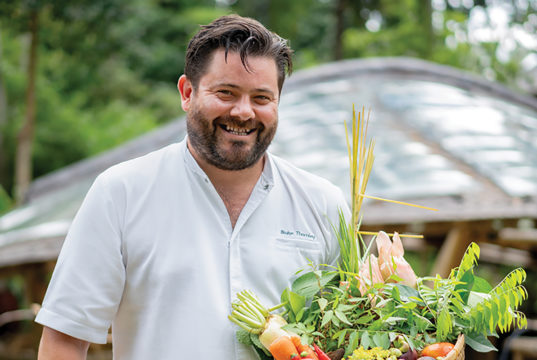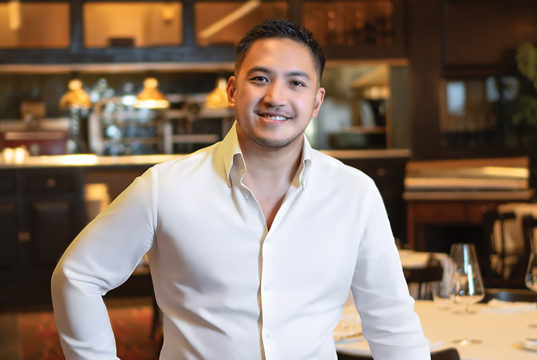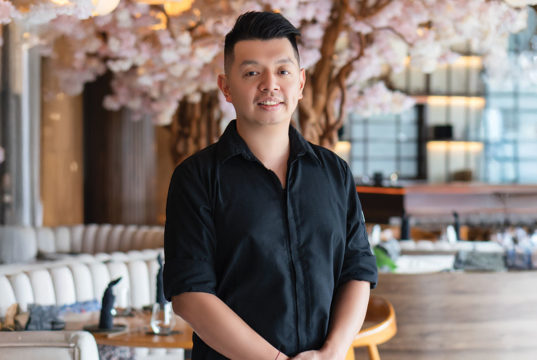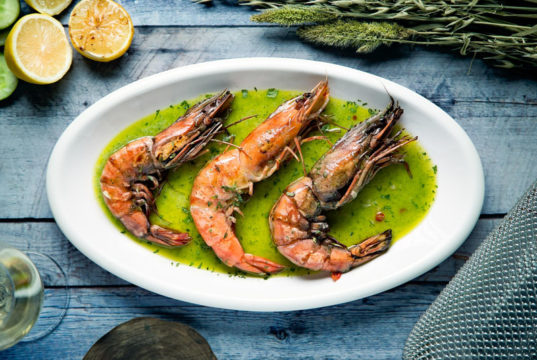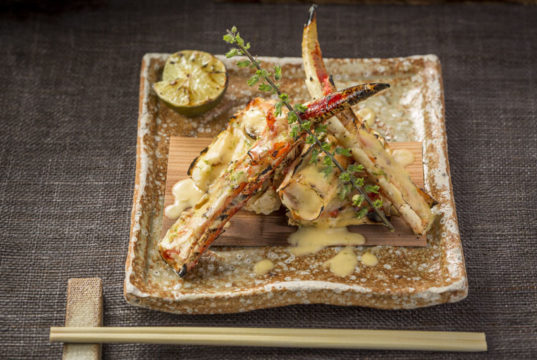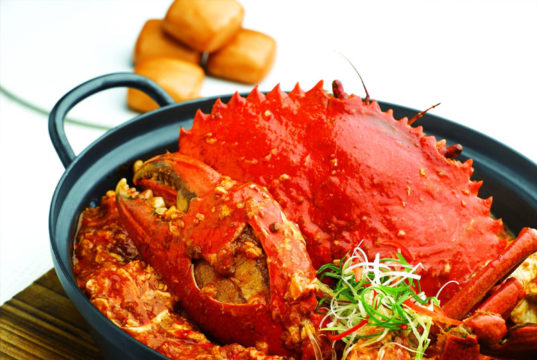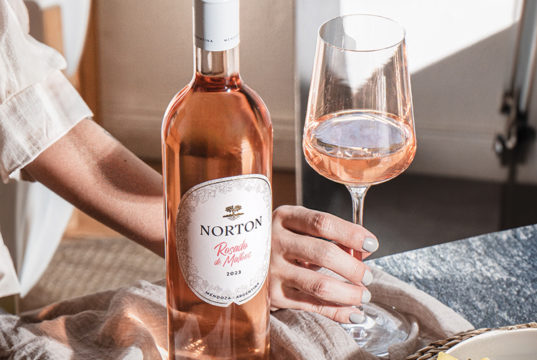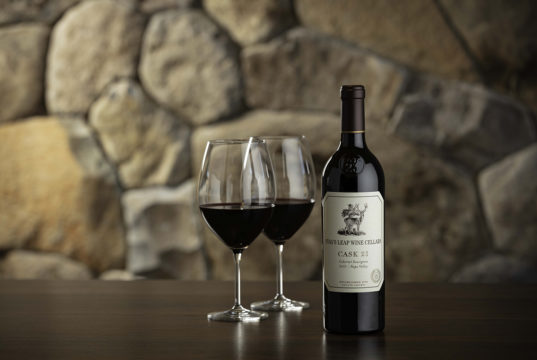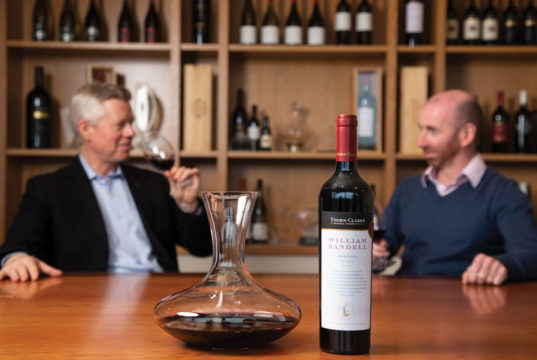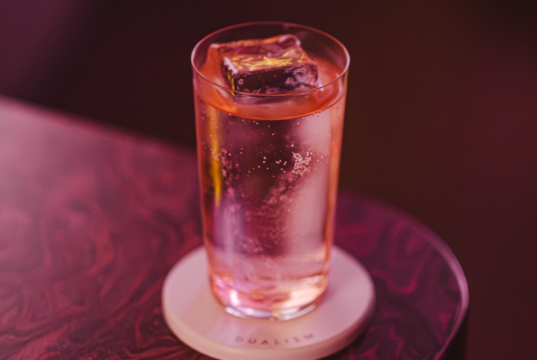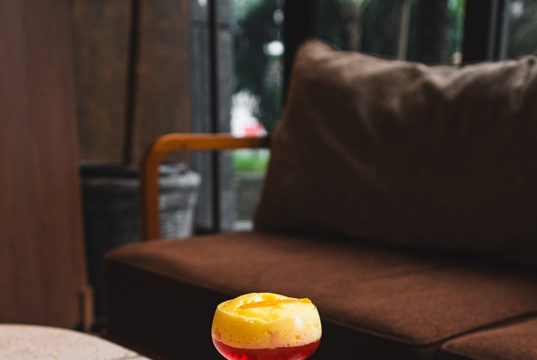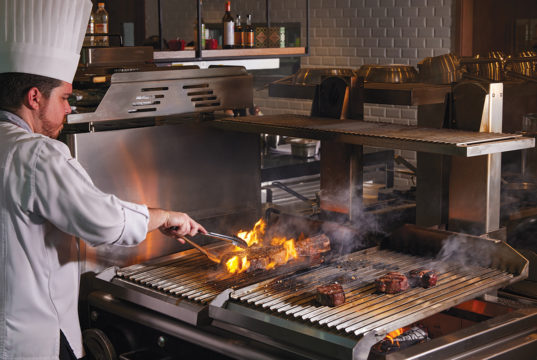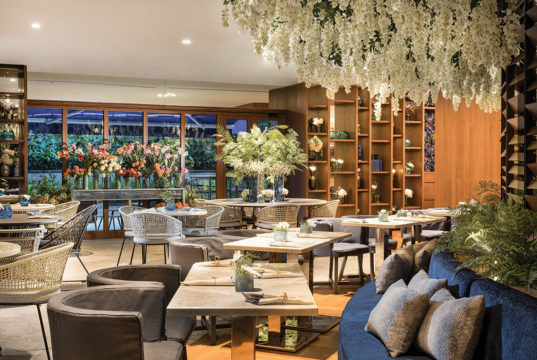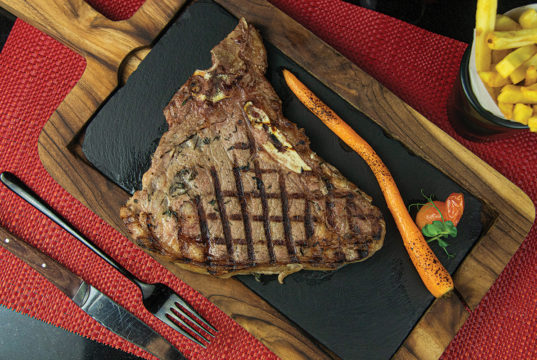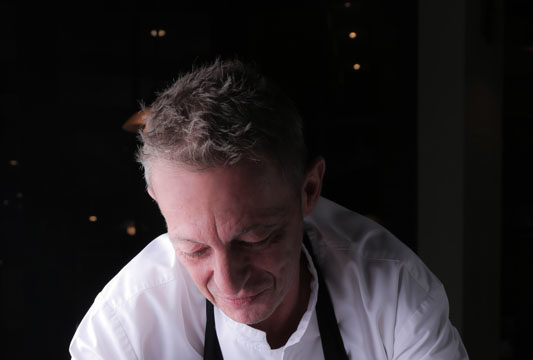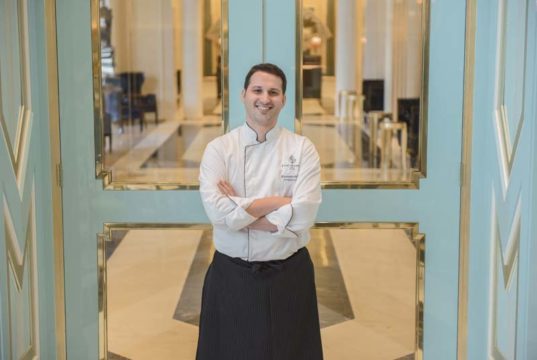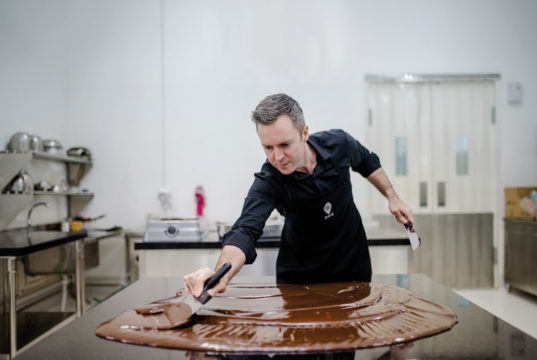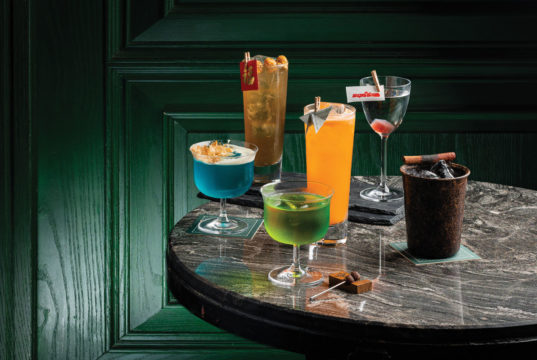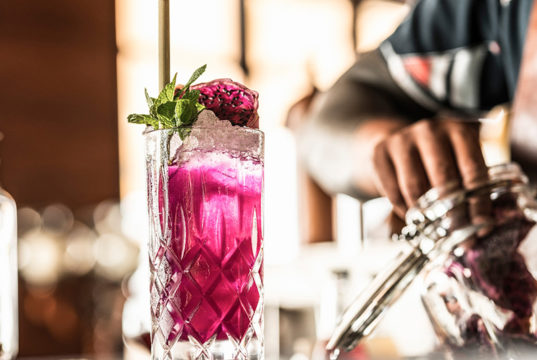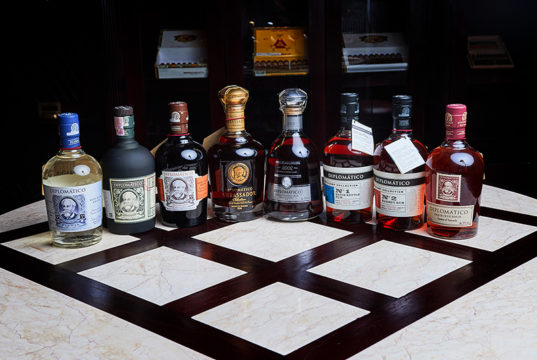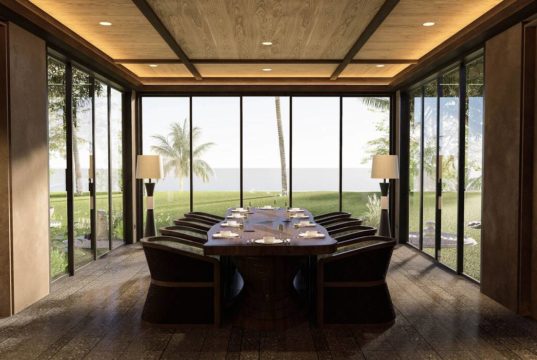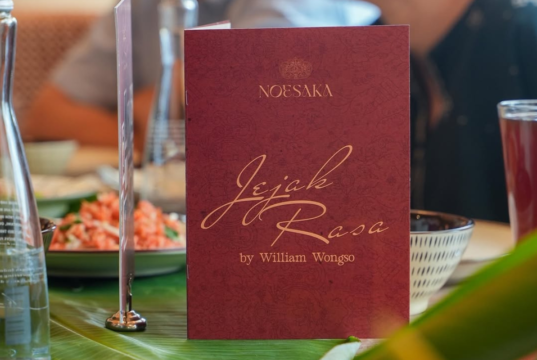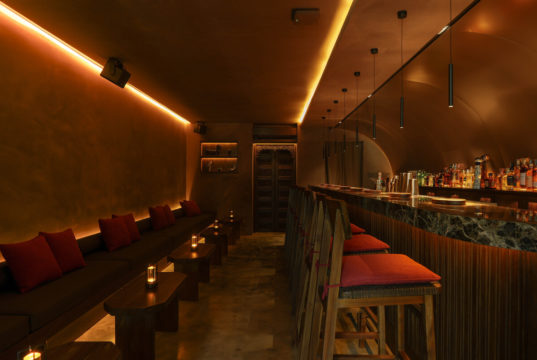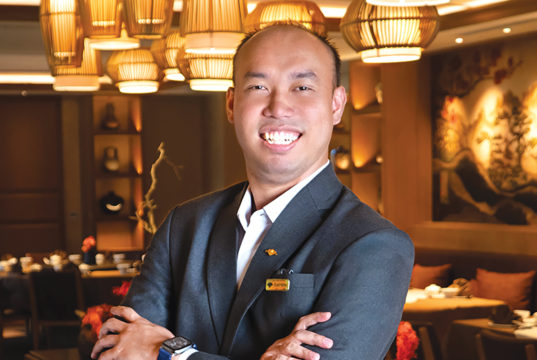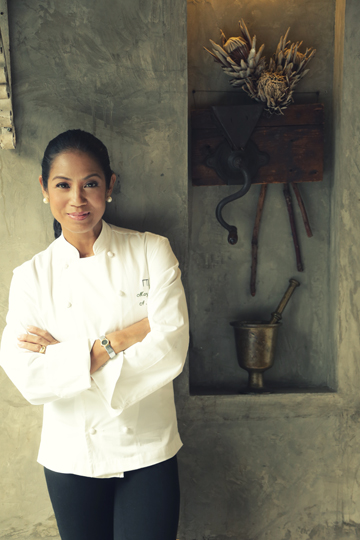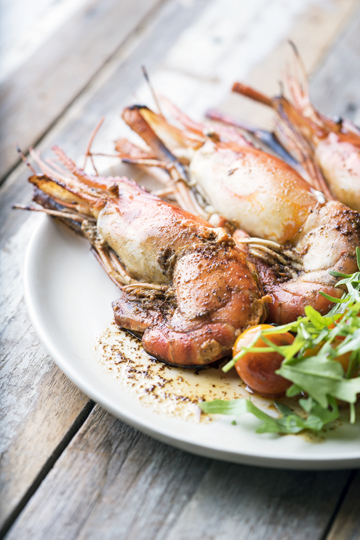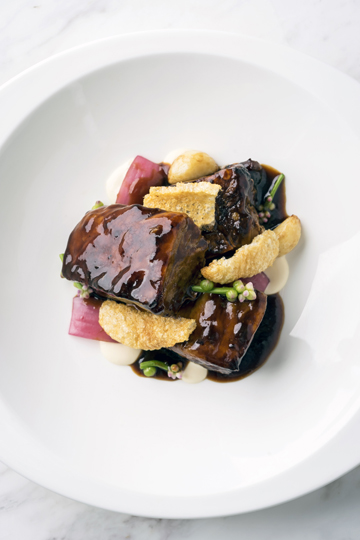Asia’s Best Female Chef talks to Exquisite Taste about the complexity of her native Philippine cuisine, her love for authentic Italian cooking, and how she’s built a culinary empire by fusing the two together so delectably.
–
By Louise Newsham
Margarita Forés, also known as Asia’s Best Female Chef following this year’s San Pellegrino Awards, is the Philippines’ own culinary mastermind who has been taking the world’s dining tables by storm with her Philippine-Italian fusion cuisine that’s just as innovative and delicious as it sounds.
Having learned the ins and outs of traditional Italian cooking during a stint in New York, later followed by an exploratory move to Europe’s beloved boot itself, today Margarita has cooked her way to the top, with a burgeoning culinary empire under her belt. From Cibo, the Italian chain now in its second decade, to Lusso, a Champagne bar and the farm-to-table organic venture, Grace Park in Manila, Margarita Forés is right up there with Asia’s kitchen greats.
During an exciting cooking demo here in Bali, we talked to Margarita about her discovered love of Italian cuisine, the uniqueness of her native Philippine delicacies, and how she’s fused the two together so delectably.
E : Today you’re renowned as Asia’s Best Female Chef, but what first sparked your passion for cooking?
A: I worked at the Valentino fashion house in New York in the 70s and fell in love with everything Italian. There was a large influx of Italian businesses to New York at the time. While I enjoyed the fashion part of it, the flourishing Italian dining scene got me cooking my own pasta and practising with my mum’s cook. Eventually, I found myself spending more time at night cooking for friends, both Italian and Filipino. Finally I decided to pack my bags and go to Italy to learn about the cuisine first hand. I took short courses from three Italian signoras in 1986. But the bigger lessons came from being there on my own, forced to learn the language and absorb as much as I could by visiting the markets and eating out with the locals. Being in Italy alone in my mid-20s was a very challenging time, but it forced me to face my insecurities and crystallise what I really wanted to do.
E : You’ve now travelled and cooked around the world, but where has been your favourite culinary destination?
A: Going back to my home province of Negros is always heart-warming and a grounding experience for me. My grandfather Amado’s advice has always been to never forget how I started and never forget where I came from, thus, going home to my roots always gives me a chance to be thankful for all my blessings. Of course, trips to Italy and New York are also always refreshing and enriching since these two places are close to my heart and are both where my passion for what I do today was born.
E : Philippine cuisine is a diverse mix of culinary influences. What would you say is a typical Philippine signature dish?
A: Our cuisine is so diverse that it’s hard to represent and pin it down to just one signature dish. Among the popular Philippine dishes is kinilaw, our own take on ceviche, which is unique because there is evidence that this dish already existed a thousand years ago, way before any outside influence affected us. The use of vinegar together with citrus as souring agents, and the use of the freshest seafood and other ingredients available in different parts of the Philippines creates a huge
variety of versions of this dish.
Then, of course, there is the adobo, which is a dish influenced by the adobo of Mexico and Spain. But it is unique in the sense that the braise includes vinegar together with soy sauce, garlic, peppercorns and laurel. The classic one is done with chicken and pork, but because it is not just a dish but a style of cooking, the range of adobos has become quite wide, including those done with squid, vegetables and other proteins like beef, lamb and duck.
Then there’s our sour soup, sinigang, which is also iconic. We also have a wide range of dishes using coconut, like our binacol, a simple soup done with coconut water, or laing, a Bicolano dish made with taro leaves and chili. There are also many dishes from Mindanao Island like the pianggang made of burnt coconut meat or the de rigueur condiment called palapa.
E : With your love of Italian cooking paired with your passion for your own native cuisine, you’re now best known for your Philippine-Italian fusion cuisine. How do these two contrasting cuisines complement each other?
A: Both Italian and Philippine cuisines celebrate regionality, and they both revolve around our mothers. Although the cuisines are very different, perhaps the biggest similarity is that life revolves around the dining table. And we all love to eat…
E : So how do you remain true to each authentic recipe?
A: I make sure that the flavours of the traditional dishes are still evident. I then apply contemporary techniques and textures to give them a modern twist.
E : You’re the driving force behind countless culinary ventures in the Philippines and Asia, including Cibo, Lusso and Grace Park. Can you tell us more about the culinary empire you’re building?
A: Cibo was inspired by the mushrooming panino places in Milan and Rome when I was there in the late 80s. I wanted to bring that same experience to Manila but in a mall setting. At that time, the concepts that monopolised the industry were American franchises and I was confident that I could create a home-grown Italian concept because of my exposure and experience. That’s how Cibo was born.
Lusso, on the other hand, is an elegant Champagne bar meant to recreate an old-world European cafe for the Manila market, whilst Grace Park was created in honour of the Philippine farmer. I wanted to open a restaurant that would showcase the wonderful produce from all the innovative farmers that have worked so hard in the Philippines. And I wanted to do it in an environment that would advocate sustainability in a very big way. The menu showcases both Philippine and Western dishes, but also honouring the wonderful produce from these farmers and artisanal producers, not just from the Philippines, but from all over the world.
E : With all of this taken into account, what’s been your proudest moment to-date during your career?
A: The wave of recognition on the international stage — from presenting Philippine cuisine in Madrid Fusion as well as helping bring Madrid Fusion to Manila, to presenting in Identita Golose in Milan, and most especially, being chosen as Asia’s Best Female Chef 2016.
E : Our readers are passionate foodies. Where would you recommend they dine whilst travelling in Asia?
A: The Philippines, of course!
E : Finally, any advice for budding young chefs looking to make it in the kitchen?
A: Many young chefs in the industry today have come by way of professional culinary schools. Schools may churn out pretty much the same graduates with the same skill sets, but what really sets a chef apart is their personal experience.
The chef who aspires to succeed should be like a sponge. They should learn as much as they can from their home town and culture, and have a desire to travel around their country as well as around the world. The learning and inspiration they gain from travels, experiences, and from meeting other people in the industry, will help set a chef apart.
(www.casartusiphilippines.com)
Margarita Fores – Braised Pork Adobo
For the Adobo
• 150g skinless pork belly
• Salt and pepper to season
• 1 tbsp vegetable oil
• 3 cloves garlic, minced
• ½ cup soy sauce
• ¼ cup white vinegar
• 5 whole black peppercorn
• ½ cup water
• 1 bay leaf
METHOD
• Slice the pork into big chunks. Season with salt
and pepper. In a pan with vegetable oil, sear all
sides of the pork.
• Add garlic to the pan.
• Add the rest of the ingredients. Cook
uncovered, until mixture boils.
• Lower heat and simmer for 15 minutes or until
pork is tender.
• Fry before plating.
For the Kesong Puti Cream
• 1 tbsp kesong puti
• 2 tbsp cooking cream
• Pinch of salt
METHOD
Place all ingredients in a spice grinder and process until well mixed.
For the Pickled Onion
• ¼ cup white vinegar
• 1 tbsp white sugar
• Pinch of salt
• ½ red onion, quartered
• 5 whole black peppercorns
METHOD
• In a pan, combine vinegar, white sugar, salt and
peppercorns. Stir to dissolve and bring to a boil. Allow to cool.
• Transfer the cool solution into a jar.
• Add the red onion and pickle overnight.
To Serve
• Transfer the pork adobo to the plate. Glaze
with the adobo sauce.
• Pipe the kesong puti cream beside the pork
chunks.
• Garnish with pickled onion, alugbati flowers
and chicharon.




